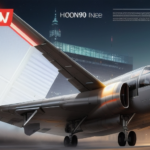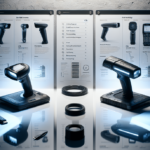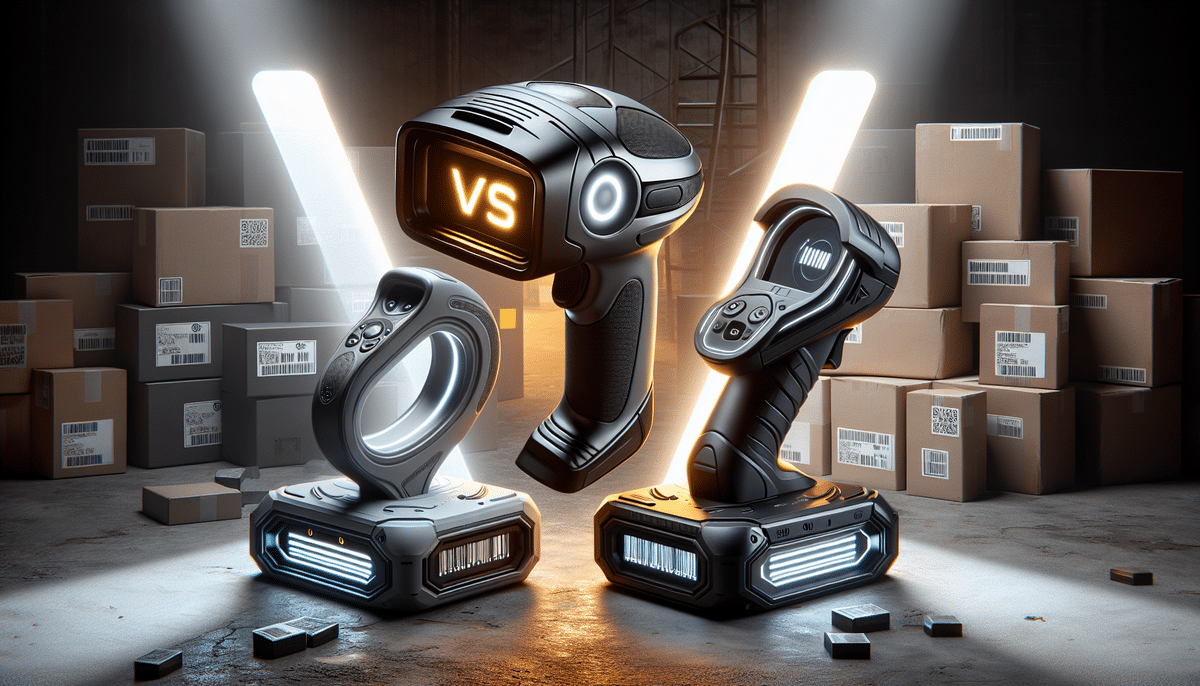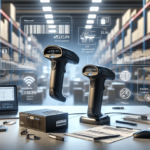Honeywell Xenon 1900g vs Zebra DS8178: An In-Depth Comparison
When it comes to barcode scanning, the Honeywell Xenon 1900g and the Zebra DS8178 stand out as top contenders in the market. Both scanners incorporate advanced scanning technologies, making them suitable for a variety of industries, including healthcare, retail, logistics, and manufacturing. This article provides a comprehensive comparison of the Honeywell Xenon 1900g and the Zebra DS8178, focusing on design, performance, durability, battery life, user-friendliness, cost, real-world applications, and customer feedback.
Design and Build Quality
Honeywell Xenon 1900g
- Features a sleek and ergonomic design with a comfortable grip for extended use.
- Rubberized surface and durable build make it resistant to drops and shocks.
- Equipped with Adaptus imaging technology, enabling scanning from 0.25 inches to 16 inches.
Zebra DS8178
- Offers a compact and lightweight design, enhancing portability.
- Robust construction is ideal for harsh environments like warehouses and manufacturing plants.
- Utilizes industry-leading 2D imaging technology for scanning in various conditions.
Performance and Accuracy
Scanning Capabilities
- Honeywell Xenon 1900g: Achieves a scan rate of 1,900 scans per second, making it one of the fastest scanners available.
- Zebra DS8178: Maintains a scan rate of 1,000 scans per second but offers a superior scanning range of up to 61 cm.
Durability and Environmental Resistance
- Xenon 1900g: Withstands drops from up to 6 feet with an IP41 rating, protecting against solid objects larger than 1mm and dripping water.
- DS8178: Can endure drops from up to 8 feet and features an IP65 rating, making it dust-tight and resistant to water jets.
Battery Life and Connectivity
- Honeywell Xenon 1900g: Offers up to 14 hours of usage on a single charge, suitable for long shifts.
- Zebra DS8178: Extends up to 24 hours, ideal for high-volume scanning environments.
- Both scanners support wireless connectivity options, including Bluetooth and Wi-Fi, facilitating seamless integration with various devices and systems.
User-Friendliness and Maintenance
- Honeywell Xenon 1900g: Features an intuitive user interface and a removable cable for easy replacement, reducing maintenance costs.
- Zebra DS8178: Boasts an intuitive interface but has a built-in cable that cannot be replaced independently, potentially increasing maintenance costs if the cable is damaged.
- Both models require minimal training and periodic cleaning and calibration to maintain optimal performance.
Cost and Value for Money
- Honeywell Xenon 1900g: Generally more affordable, making it a cost-effective choice for budget-conscious buyers.
- Zebra DS8178: Priced higher due to its advanced features and enhanced durability, representing a better long-term investment for demanding environments.
- Considerations:
- If operating in a high-demand or harsh environment, the Zebra DS8178 may offer better value despite the higher cost.
- For occasional use or less demanding settings, the Honeywell Xenon 1900g provides essential features at a lower price point.
Real-World Applications
- Healthcare: Both scanners are used for patient identification, medication administration, and specimen tracking.
- Retail: Facilitates inventory management, pricing, and security measures.
- Logistics and Manufacturing: Essential for supply chain management, assembly line tracking, and quality control.
- Transportation: Utilized for tracking packages and luggage.
- Hospitality: Assists in managing guest check-ins and tracking inventory.
The accuracy, speed, and versatility of the Honeywell Xenon 1900g and Zebra DS8178 make them indispensable tools in enhancing operational efficiency across these sectors.
Customer Reviews and Feedback
- Pros: Users commend both scanners for their accuracy, reliability, and durability.
- Cons: Some users have noted concerns regarding battery life and the user-friendliness of the Xenon 1900g. Additionally, the built-in cable of the DS8178 has been a point of contention due to replacement challenges.
Overall, the Zebra DS8178 slightly outperforms the Honeywell Xenon 1900g in customer satisfaction, particularly in environments demanding high durability and advanced features.
Conclusion
Both the Honeywell Xenon 1900g and Zebra DS8178 are top-tier barcode scanners offering advanced capabilities tailored to various industrial needs. When choosing between the two, consider factors such as:
- Usage Environment: Harsh vs. moderate conditions.
- Scanning Needs: Frequency and volume of scanning tasks.
- Budget: Initial cost versus long-term investment.
Ensuring compatibility with your existing systems is also crucial to prevent workflow disruptions.
For more detailed specifications and to explore purchase options, visit the official product pages:








